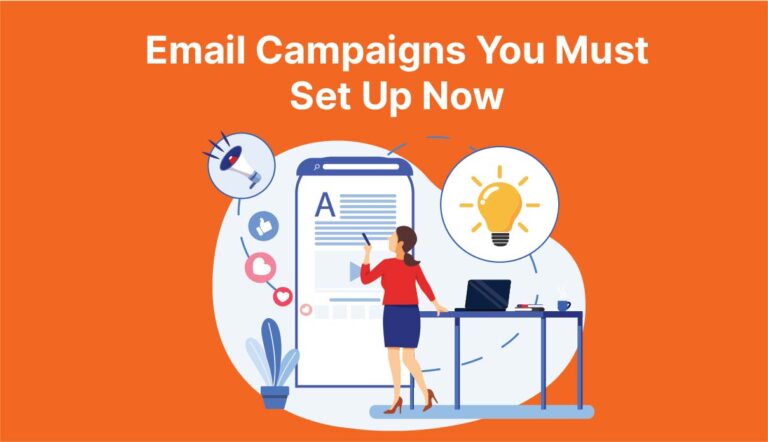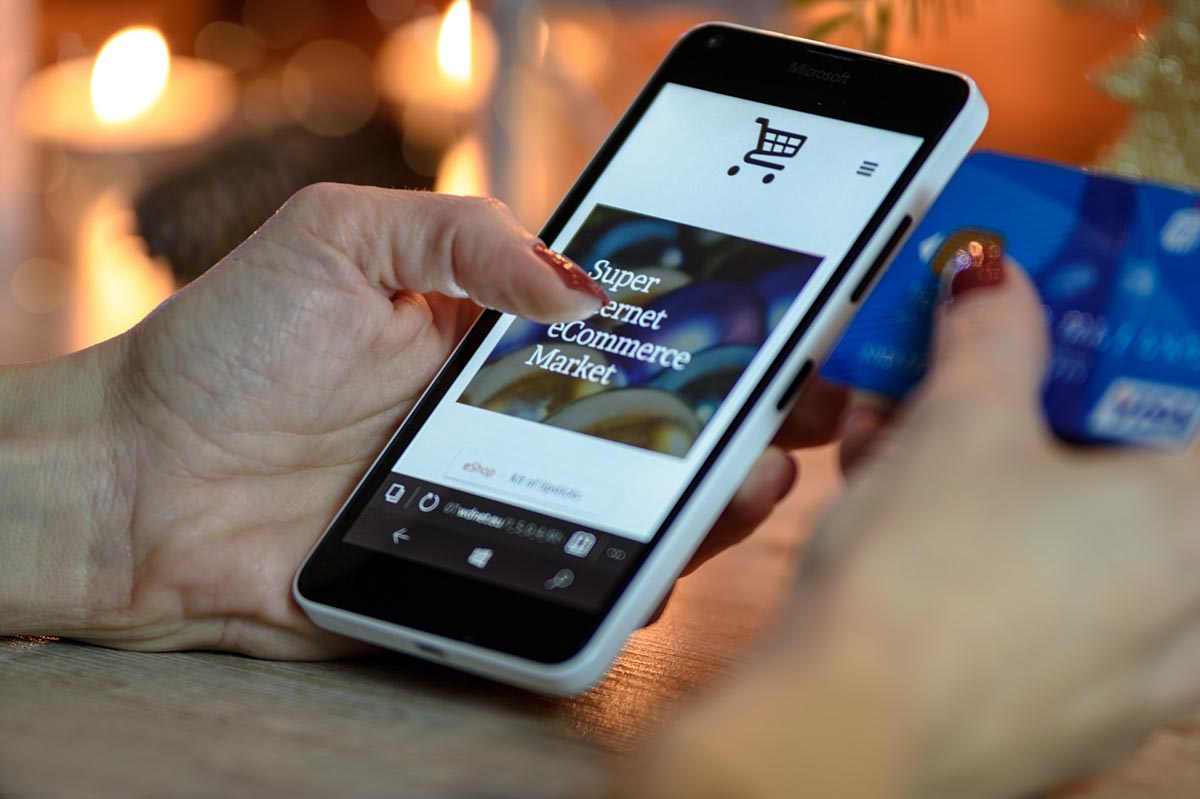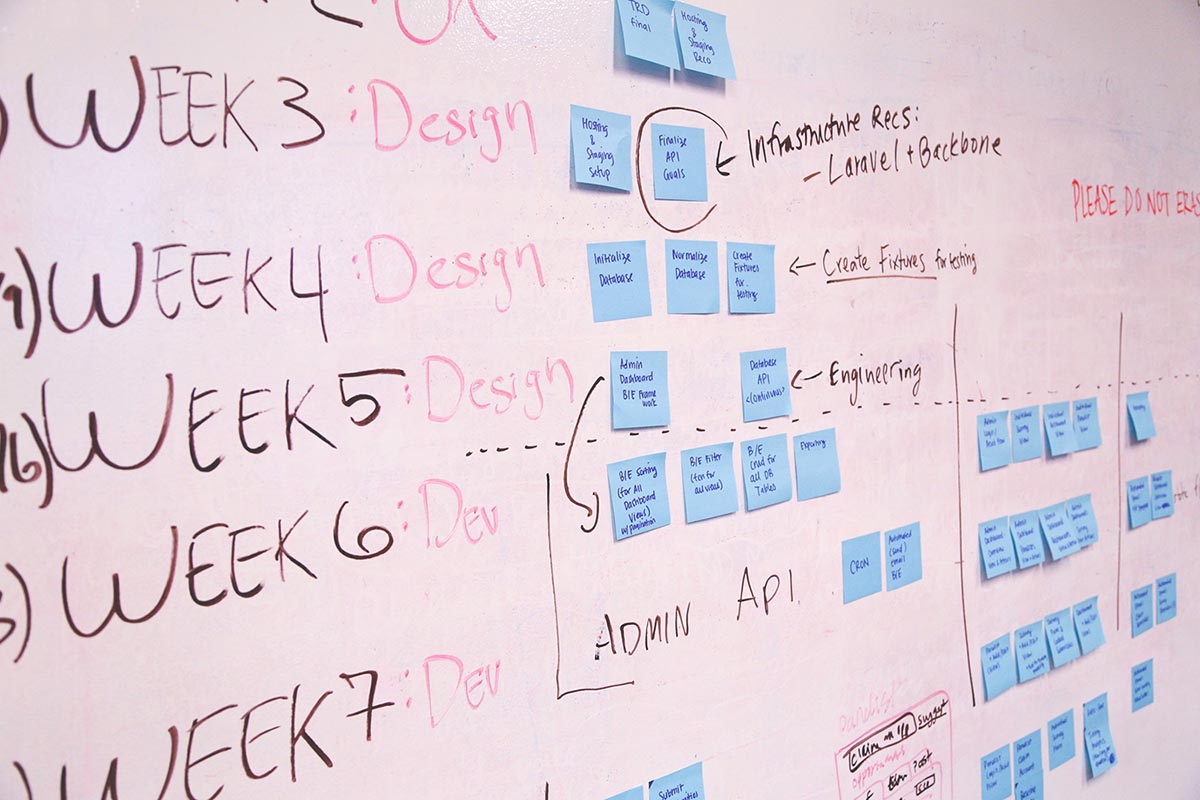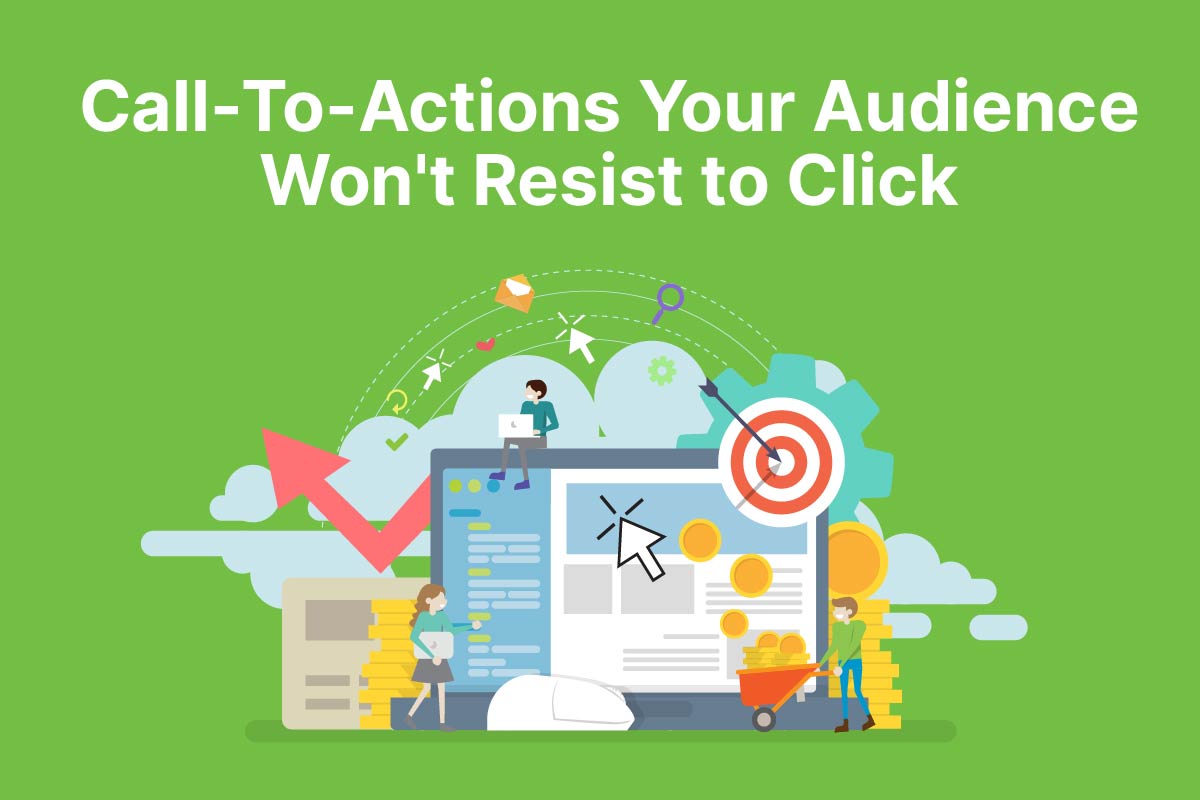Accelerate Blog / Email Campaigns You Must Set Up Now
Email Campaigns You Must Set Up Now
- Written by Keziah Cruz
- published on May 5, 2021

You recently purchased a marketing automation tool to load off your marketing team’s manual task of lead nurturing. You have the necessary content asset, landing pages, email templates, and contact lists ready. We can’t blame you if you get too excited and run your marketing efforts immediately.
While it looks simple as a drag and drop, marketing automation can become complex—especially working with workflows. If there’s one thing you need to master right away, it’s how to set up and use workflows for different purposes.
Before diving right into it, let’s go over marketing automation and workflows quickly.
What is Marketing Automation?
When we say marketing automation, we instantly refer to it as using software or web-based services—HubSpot, Marketo, Pardot, and more— to manage, deploy, and imbrute manual marketing tasks across multiple channels.
To win at marketing automation, you must create your workflows, lead scoring criteria, customer journey maps, and more to generate more qualified leads and strengthen your customer relationships.
Among the three mentioned, creating a workflow is one of the most critical. Your workflow will serve as a blueprint for all the actions you’re directing your software to take. It is one of the most popular methods of personalization marketing technologies has offered. 70% of the marketers found improved targeted messaging as one of the most important benefits of marketing automation.
Marketing automation software can’t read minds. If you’re not setting up your workflows carefully, then you are not maximizing the potential of your marketing automation software.
Marketing automation workflows use an “if/then” logic. We call this branching logic. Branching logic enables your workflows to automate a series of actions triggered by your conditions. It has been a proven marketing automation technique that triggers the automatic sending of messages to your prospects and customers in your customer journey. Let’s say a potential customer completed a web form. As they hit that complete button, another action is ready to be sent without you lifting a finger.
Remember, your contacts shouldn’t be sleeping in your database. Enrolling them in a workflow is an opportunity for you to engage and convert them into profitable customers.
Six Email Campaigns You Must Set Up Now
What’s great about automated workflows is that you can design them according to what goals you want to meet. You can add different conditions and triggers depending on where your prospect or customers are in the customer lifecycle.
Below you’ll find six examples of marketing automation workflows, along with how they can help your business in building relationships, enhancing engagement, and increasing revenue.
1. Welcome Series
Marketing is all about making nurturing relationships, but first, you have to make a good impression. If you want to make a good impression on new customers and subscribers, always have a welcome email. Welcome workflows can be triggered by a blog subscription, sign-up form, and more. A welcome workflow is by far the simplest automation you can do as you lay down the foundations for a lasting relationship. Don’t just limit yourself to a single confirmation email. Your welcome workflow can contain a series of welcome emails.
For instance, you can elaborate on how your business works, familiarize them with your value proposition, share your top blogs to feed their interests, and even surprise them with bonuses. There are endless opportunities for welcome emails. Just be creative.
2. Lead Nurturing Campaign
With lead nurturing, it’s not always a one-way street. If you want information from your prospective leads or current customers, you need to give them an ample amount of reasons to share it.
Gated content is one of the best ways to achieve this. When a prospect or current contact downloaded several marketing offers, it’s a sign that they’re actively visiting your website or looking for a little more. When you give users something valuable, they’re providing you helpful information about how they want to buy your product or services.
For new contacts, a well-crafted top-of-the-funnel lead nurturing workflow can help capitalize these contacts as they move further down the funnel. After sending these contacts to the content they signed up for, you can nurture them by boosting more content tailored to their interests.
If the contact is a lead, you can set up a workflow that sends them emails containing middle-of-the-funnel content—customer success stories, case studies, free trial offers, or product demos. Doing this will help open doors to upgrade them into marketing qualified leads (MQL). Once they’ve become MQLs, it will be much quicker to persuade and convince them to become paying customers.
3. Re-engagement Program
It’s a sad truth that some customers may turn cold. The last thing you want to happen is for them to forget about you. Rekindle inactive contacts using a re-engagement workflow.
According to statistics, 24% of inactive contacts still read your emails. So don’t say goodbye yet. Adding inactive contacts to your re-engagement workflow enables you to send out emails that remind them why they first signed up with you. You can send them special offers or coupon codes to incentive excite them again. You can also get emotional and tell them that you miss them.
Suppose you think your inactive contacts are not engaging with you. You can set metrics and conditions they have to meet before you remove them from the lists. These conditions can be website visits, the length of time since their last form submission, and email clicks.
4. Promotional Emails
Another way to engage with your audience is to know the reason behind their visit to your website. Hypothetically, if you’re a managed IT service provider whose main content topics are cybersecurity and cloud. You can segregate these two services offer into separate buckets, create an email workflow for each and trigger the appropriate workflow when a contact views a blog post or downloads an offer.
You can also create a workflow for each of the industry-related topics you have. For instance, if you’re a trading firm that shares weekly news about cryptocurrencies, stocks, and so on. When a visitor reads an article about cryptocurrency, this action should automatically add the contact lead to a workflow that centers around cryptocurrency.
5. Upsell/Cross-sell Campaign
Constant communication with your customers should be infinite even after they make a purchase. It would be best if you always try to pitch them with other products or services you have on your roster. Upselling and cross-selling have had bad raps in the past. But these can do great things for your business as long as you send the right message at the right time.
You can optimize and use workflows as an opportunity for you to entice your contact to upgrade or complement the product they’ve already purchased.
To do this, you need to update your lists of contacts constantly. Create a new list of who purchased a particular product, create workflows that will recommend other products, and nurture them until they are encouraged to buy.
6. Loyalty Program
Loyal customers are hard to find. It takes time and effort to gain trust, but it’s worth keeping when they do.
With a carefully crafted marketing automation workflow, you can make your most loyal customers feel appreciated and valued. Because these contacts are highly engaged with you already, you must segment them accordingly. Doing this will help you identify who to send your rewards, privileges, discounts, coupons, and more. The fantastic thing about segmenting is that you are strengthening customer loyalty, and at the same time, giving them enough incentive to make another purchase.
Final Thoughts
Hopefully, these workflow samples inspired you to put your knowledge into action. As people become more attached to their smart devices, marketing automation workflows will continue to innovate to address the fast-paced consumer needs.
Digital marketing will continue to lead us to automation. Its proven power in helping organizations hit their marketing targets. Marketing automation will continue to innovate and make marketer’s jobs more manageable.
Are you thinking of implementing these workflows in your campaigns but not sure where to start? Contact us, and we’ll help you get started on implementing these workflows in your systems.
Subscribe to our newsletter.
By clicking subscribe, you acknowledge Accelerate uses your information in accordance with its Privacy Policy. You may unsubscribe at any time using the link in our emails.



